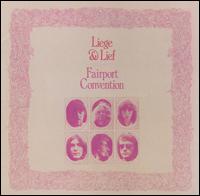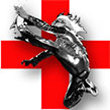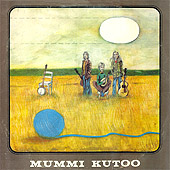NYC Recap Part I: Oh, To Be a Ramblin' Gypsy
I felt the same way when I first moved to Denver—that mad, childlike exuberance to be out of the Midwest for the first time, determined to soak up each and every sight and sound and smell of this new world—whatever it is that makes each place unique. In a perfect world, I could take up residence somewhere, say, Austin—soak it up and take it all in for a few years—then pull up the tents, move on, rinse and repeat, ad infinitum. Oh, to be the wandering gypsy. But alas, the design of modern life gets in the way. In the end, you can only be in one place at any given time—for now—though I’d cast my lot with any technology that could circumvent this flaw in the fabric of life. Molecular teleportation, anyone?
Moving is out of the question, to NYC, anyway—so, for now, it looks like I’m stuck with the tourism option. And I haven’t even begun to tap the world outside of these American borders—my only experience out of the country to date was what used to be an annual summer vacation to Canada—but I haven’t been there since second freakin’ grade.
 Still, for all the awe I felt at being a small part of the Manhattan life, if only for four measly days, I couldn’t help but to long wistfully for the glory days of old New York, a New York I never saw, the New York of Bob Dylan and the Ramones, the New York of Allen Ginsberg and Andy Warhol. These days, like most everywhere else, the name of the game is gentrification. Coincidentally, these very same thoughts were published on Slate only today:
Still, for all the awe I felt at being a small part of the Manhattan life, if only for four measly days, I couldn’t help but to long wistfully for the glory days of old New York, a New York I never saw, the New York of Bob Dylan and the Ramones, the New York of Allen Ginsberg and Andy Warhol. These days, like most everywhere else, the name of the game is gentrification. Coincidentally, these very same thoughts were published on Slate only today:
There's no bohemia in today's New York. Nothing resembles Greenwich Village in its various incarnations from the turn of the 20th century to the 1960s, or the art-scene East Village of the late 1970s and 1980s, or Williamsburg in the early 1990s…N/P Indian Summer - discography
Bohemia doesn't exist as a place. There's no point chasing after it. The bars, saloons, and clubs where bohemians once congregated—the Cedar Tavern on University Place (where the Abstract Expressionist painters met), Cafe Reggio on McDougal Street (a hang-out for the Beat poets, for Allen Ginsberg and Jack Kerouac), CBGB on the Bowery (the punk bohemian metropolis of the '70s and early '80s)—aren't bohemian in any sense. Today, the clientele at these places are likely to be students or tourists.
 My recently reunited good friend, former roommate, and fellow Peoria native
My recently reunited good friend, former roommate, and fellow Peoria native  I read a post on some blog a few weeks ago, I can’t remember where, but it was all about
I read a post on some blog a few weeks ago, I can’t remember where, but it was all about  A few weeks back I
A few weeks back I 













 But enough
But enough 



 I just read
I just read 




